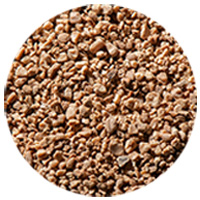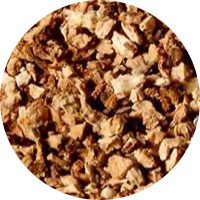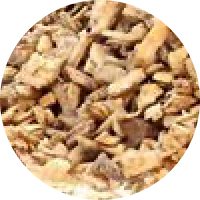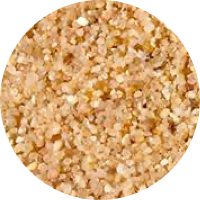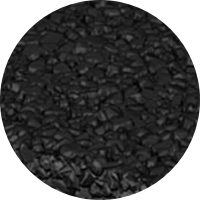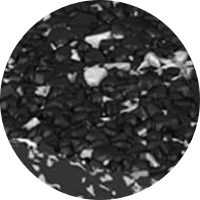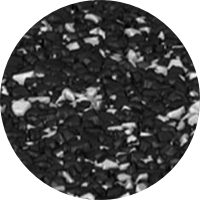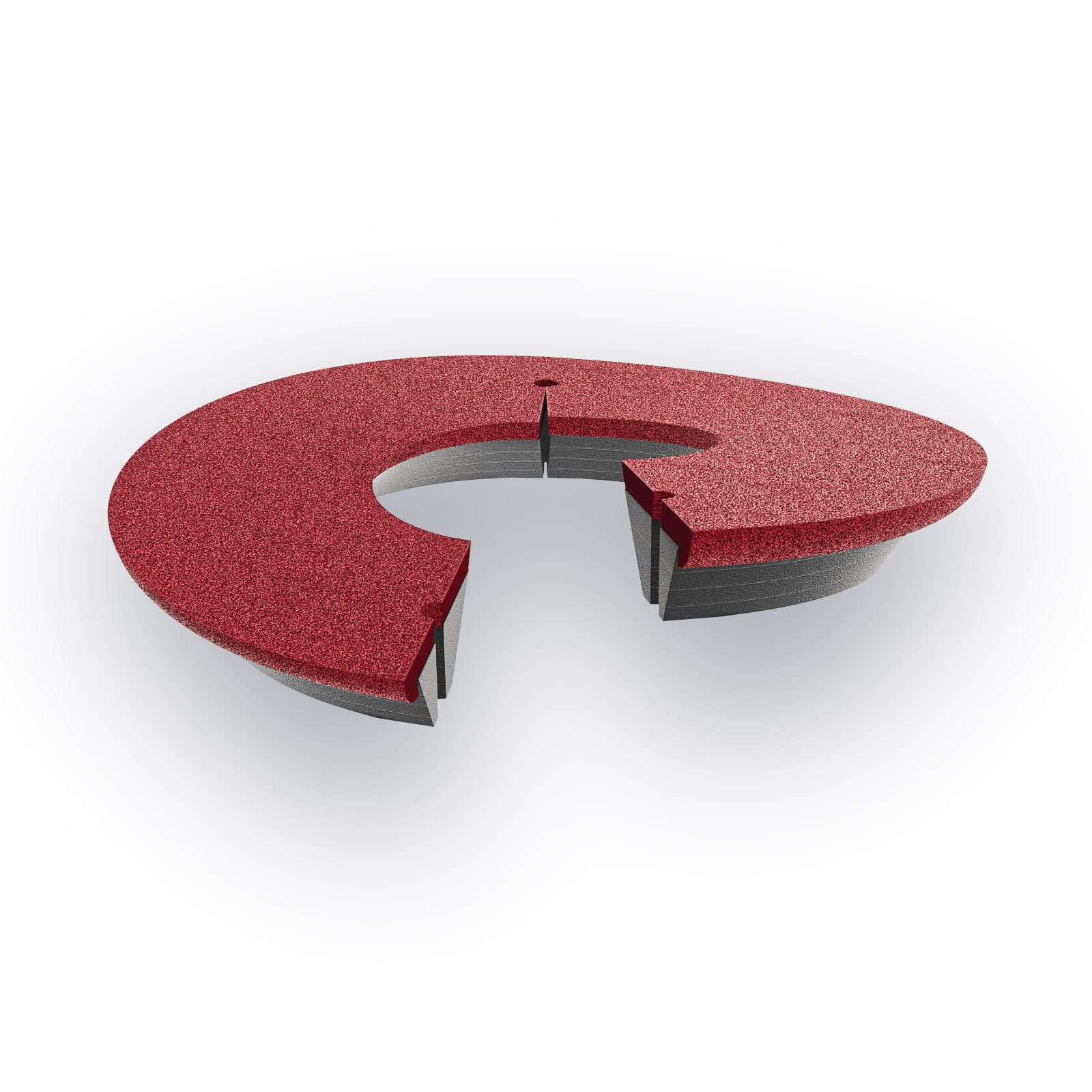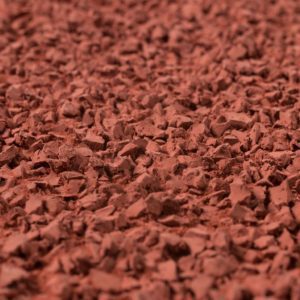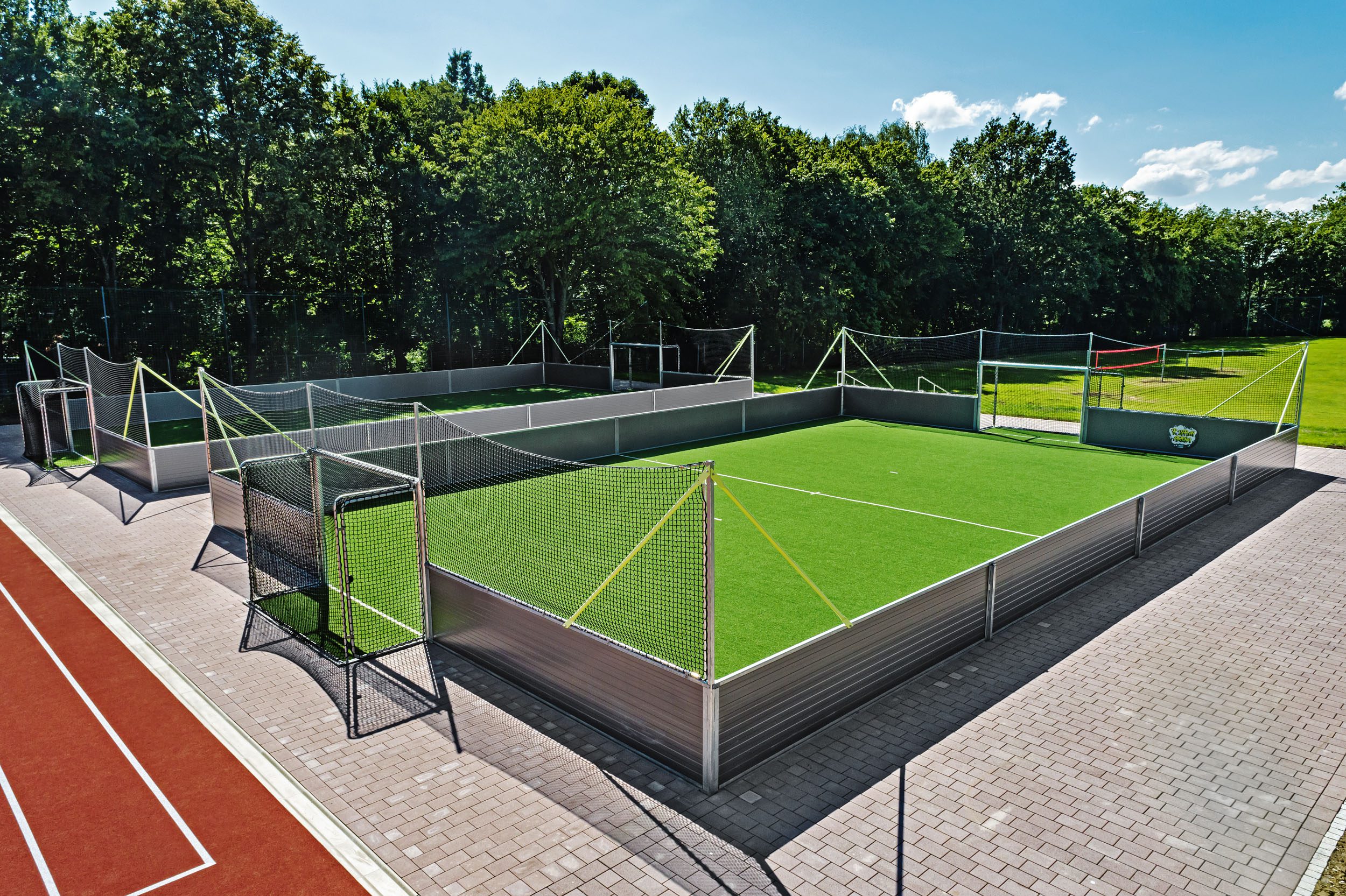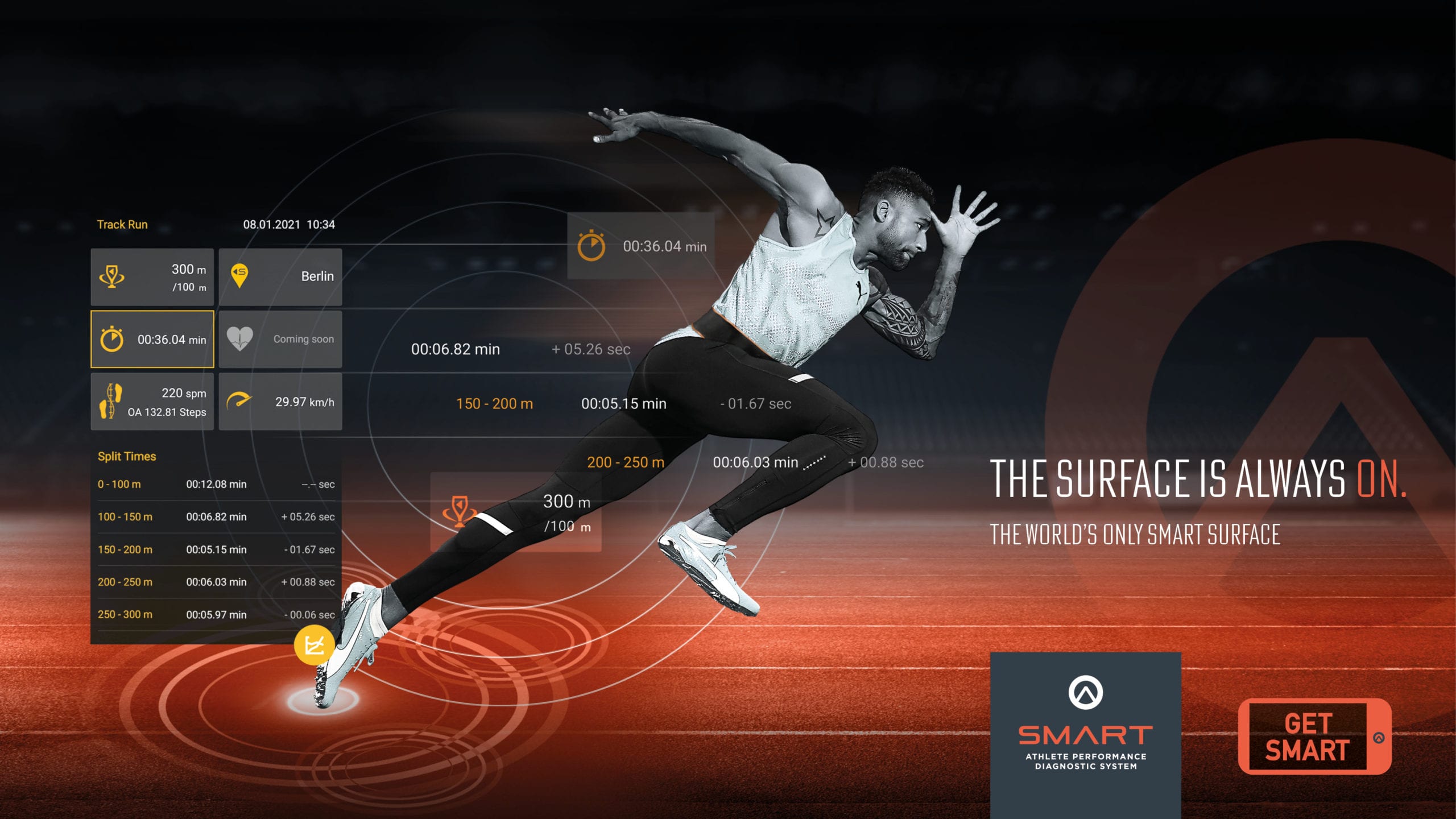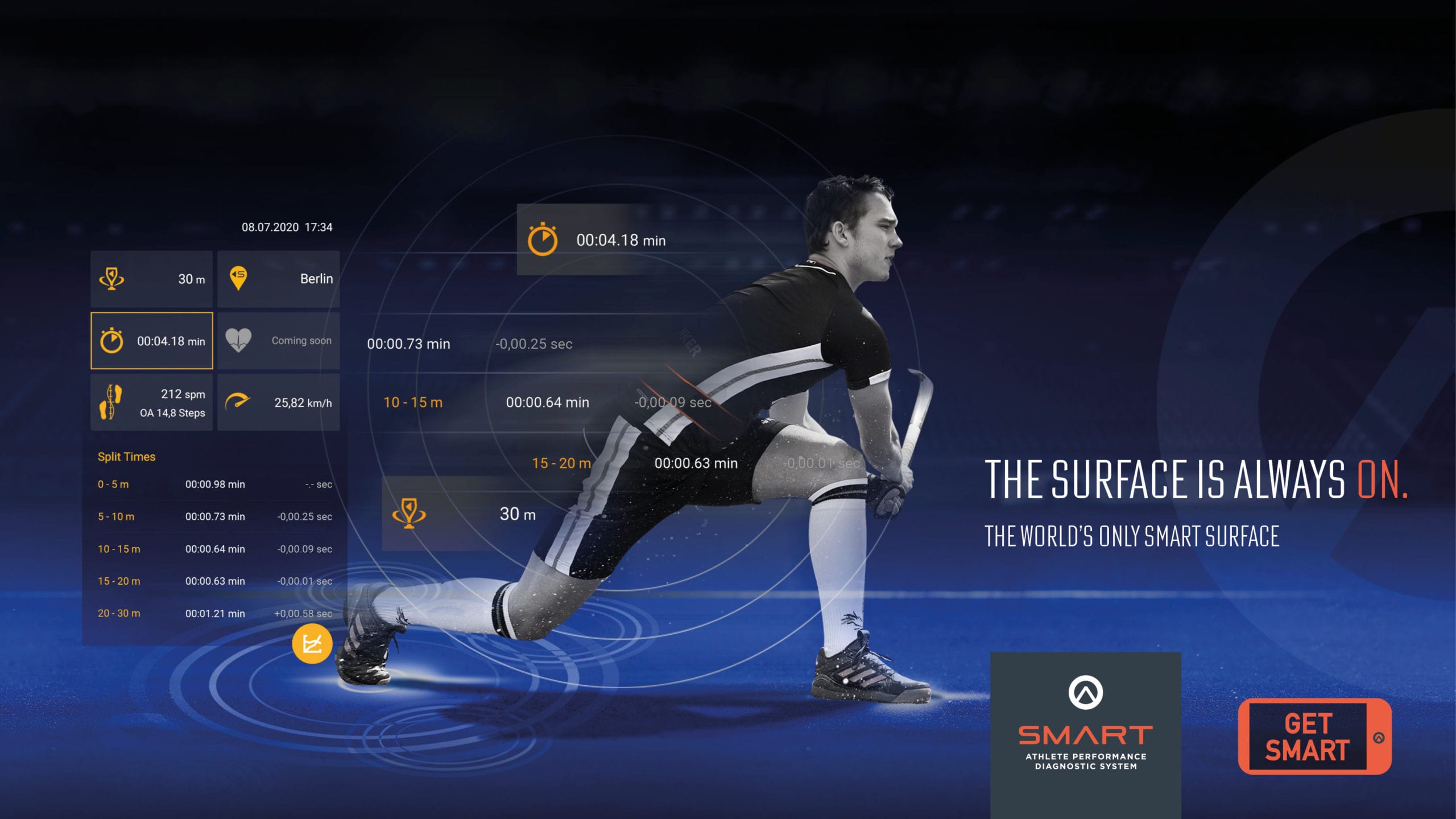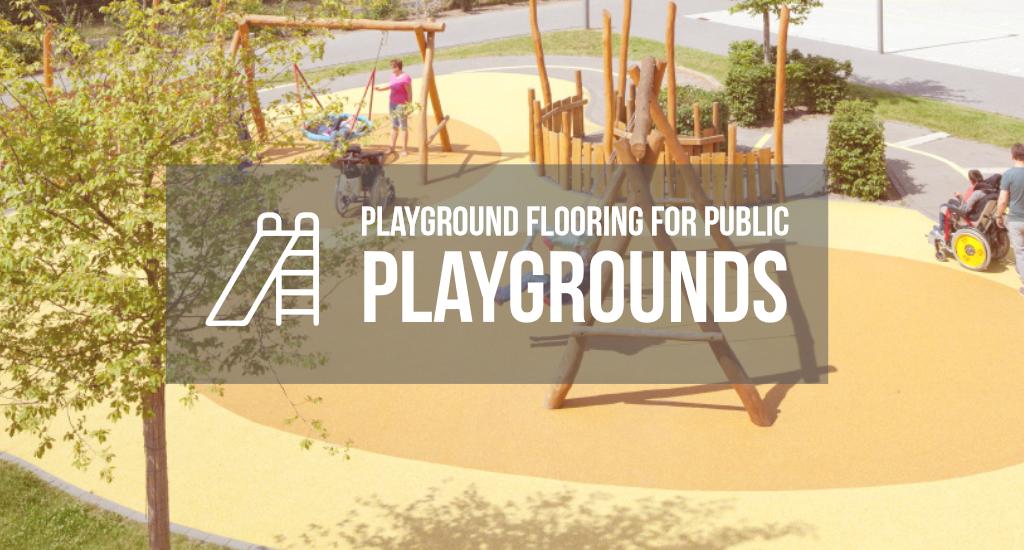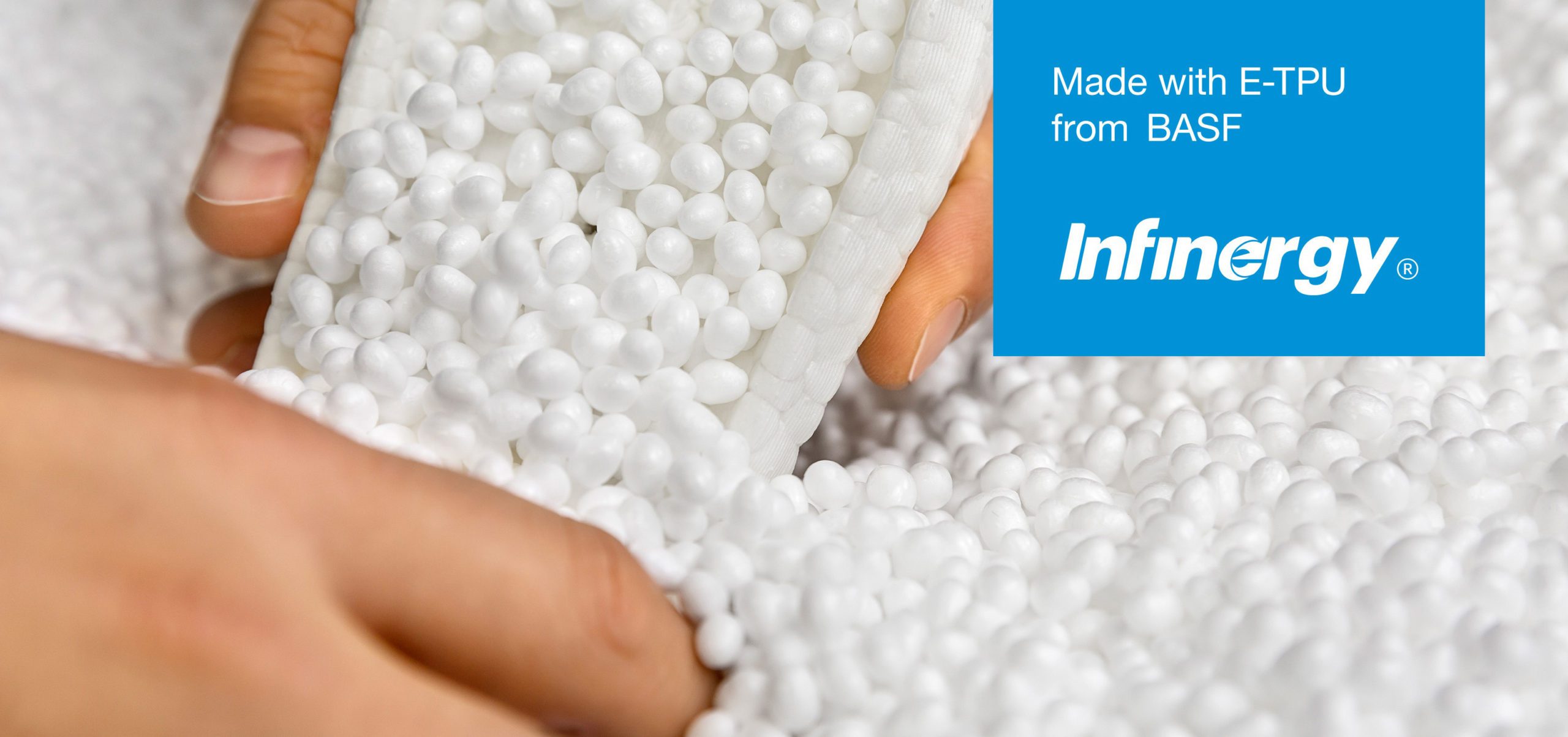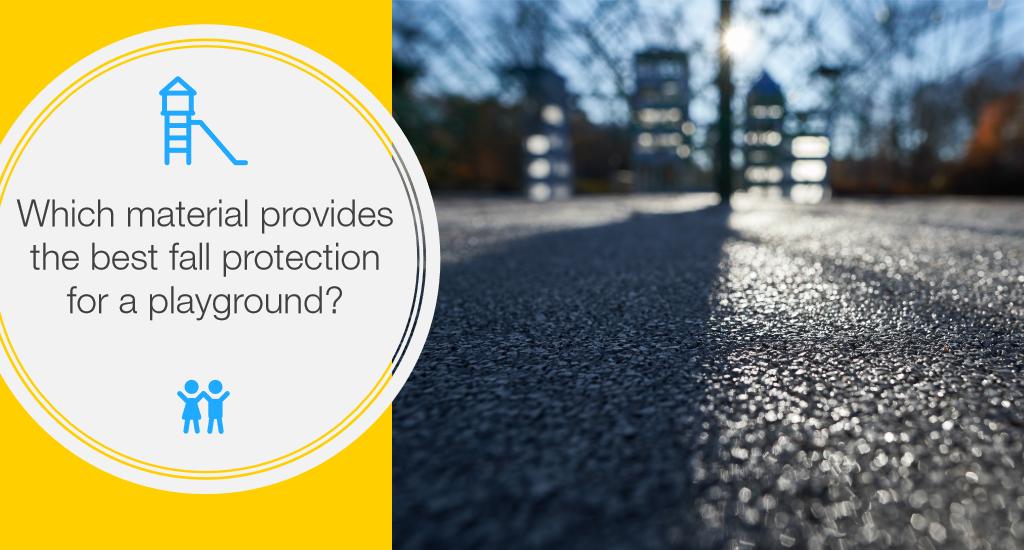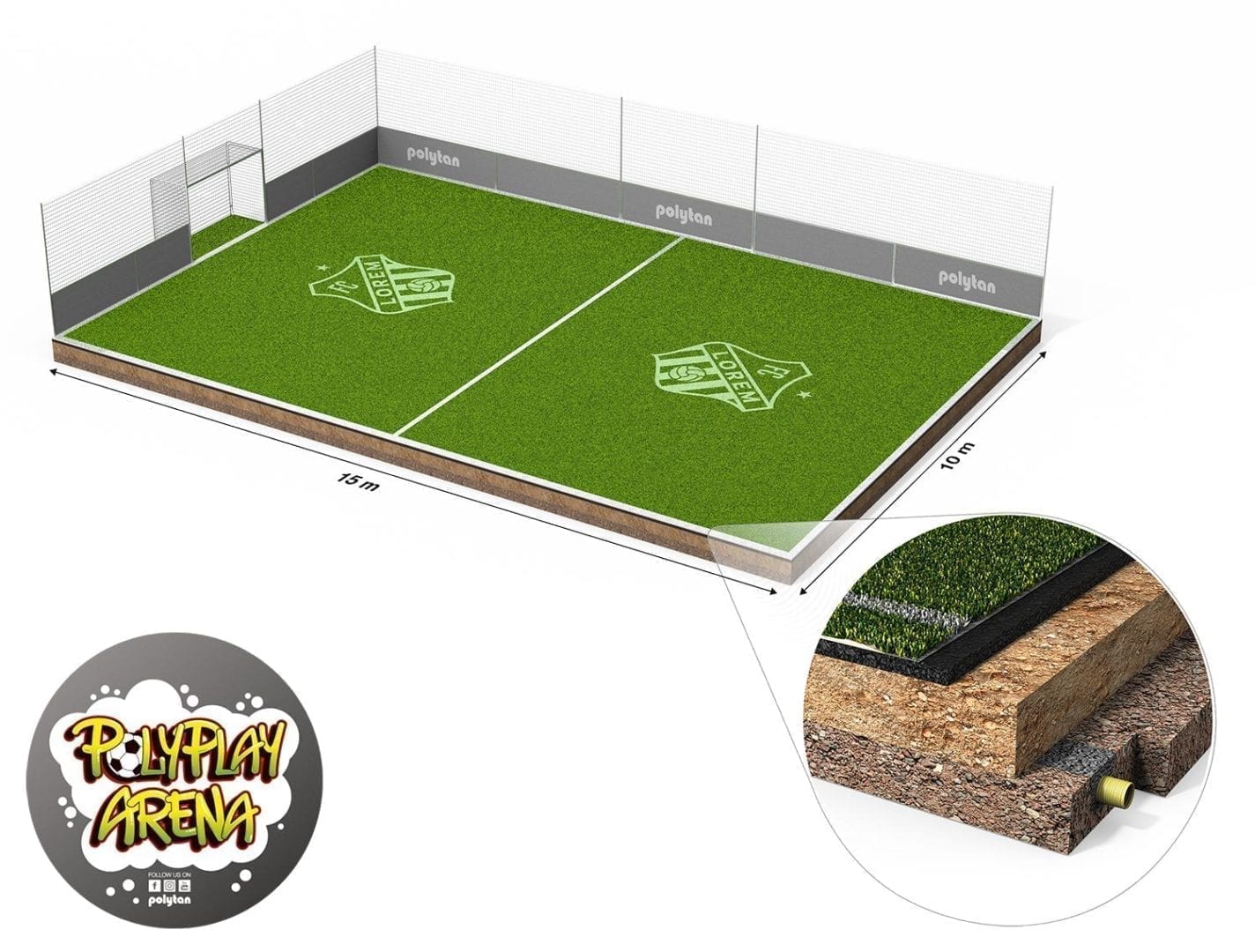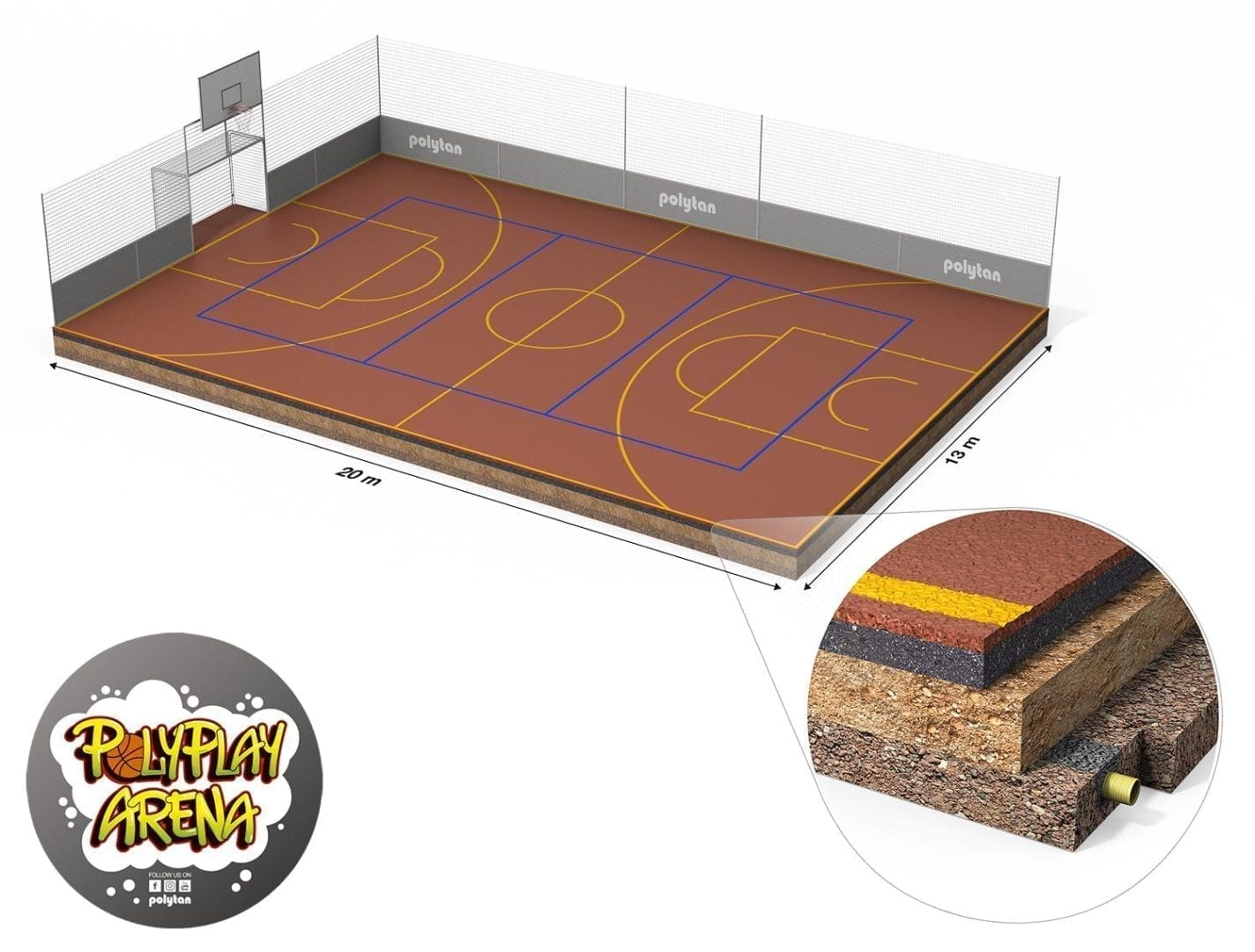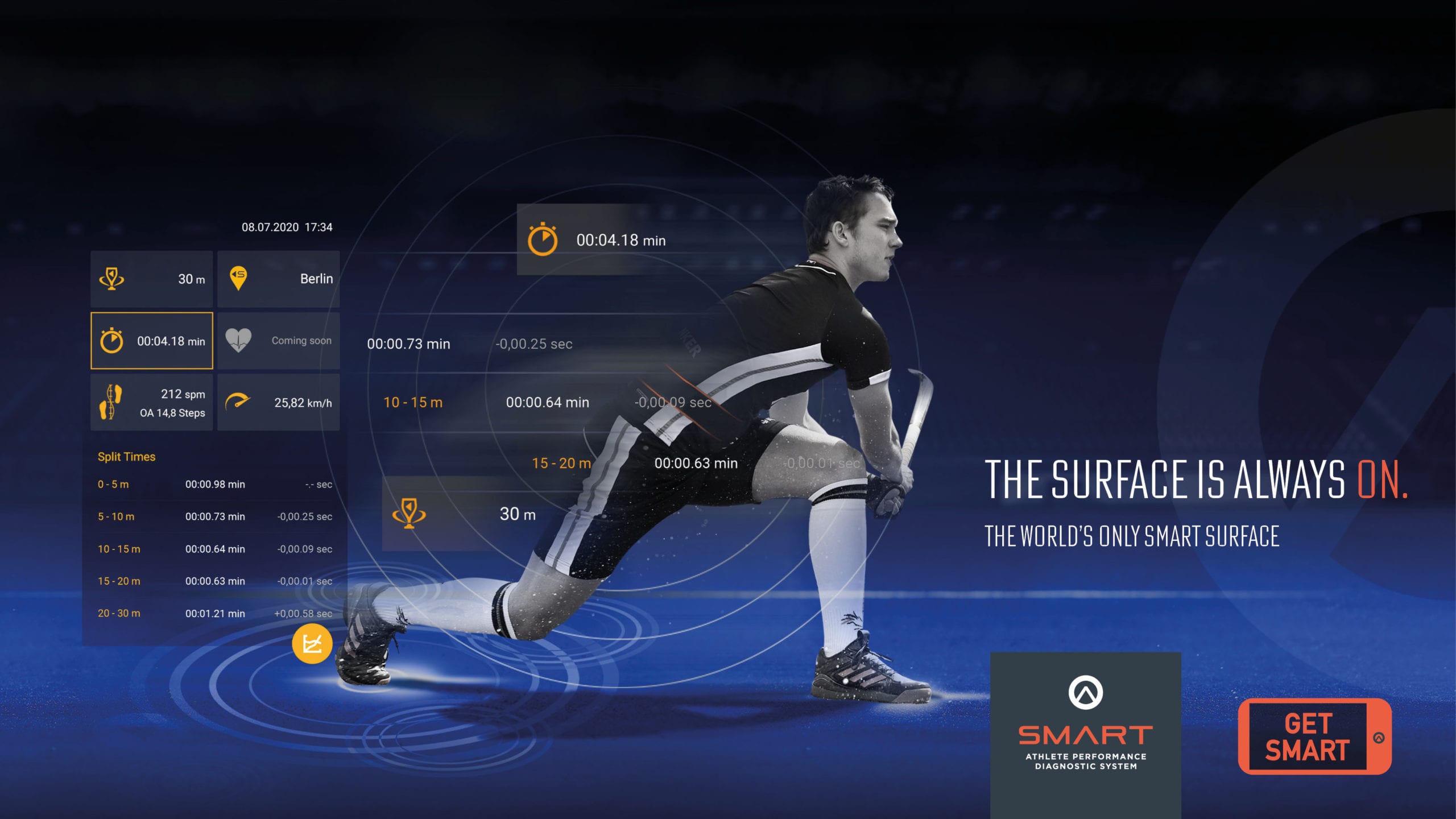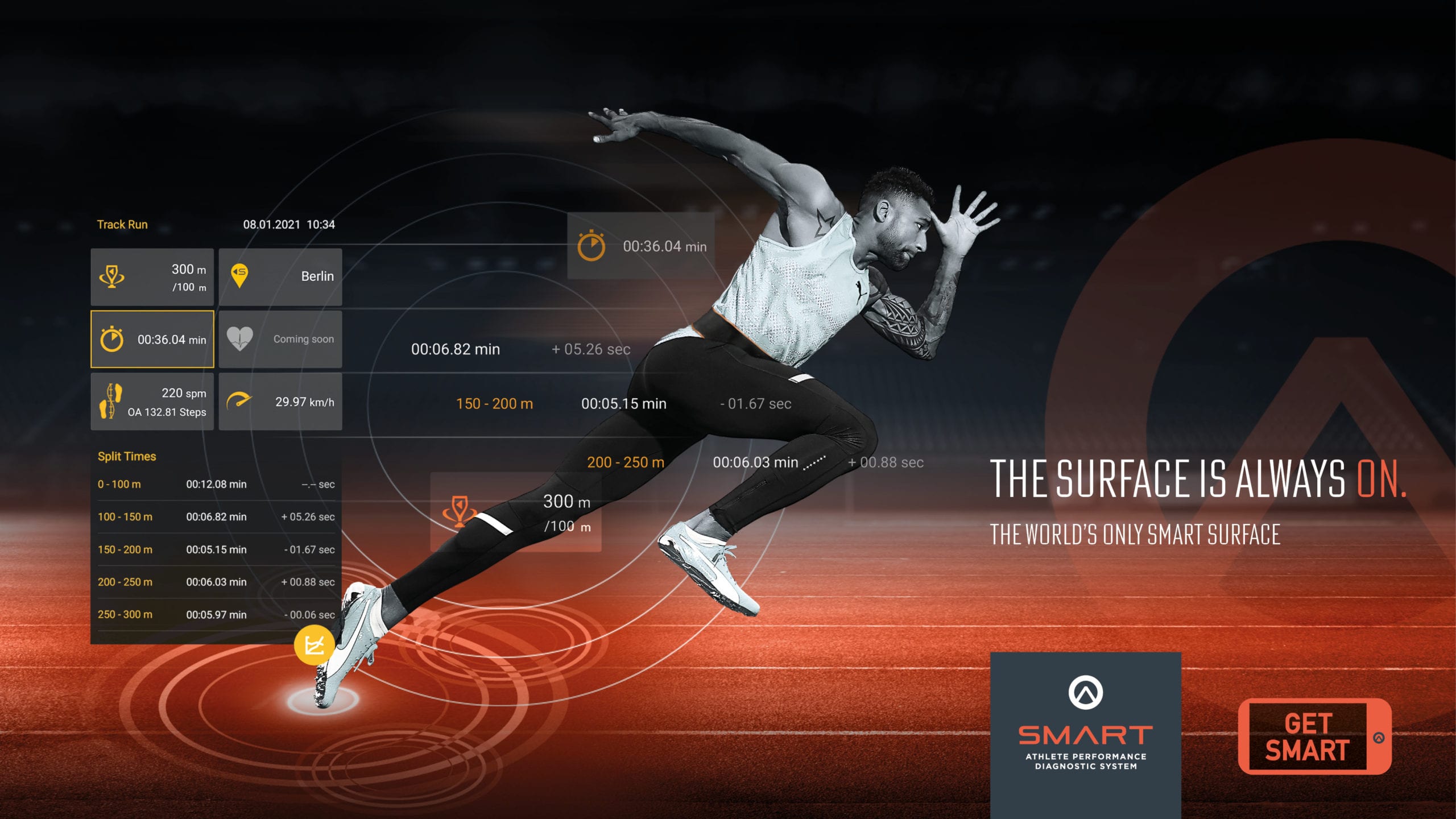Any landscape architect commissioned with the planning and construction of a public playground must consider a multitude of fundamental planning aspects. The highest priority is of course the safety of the children when playing. The standardised requirements in this regard are regulated in DIN EN 1176 and DIN EN 1177 and form the basis for legal regulations.
WHAT FALL PROTECTION SHOULD THERE BE IN PLAYGROUNDS? FROM MULCH TO EPDM
But first, let’s take a closer look at the standard principles.

FALL PROTECTION UNDER PLAYGROUND EQUIPMENT - THE BASIC LEGAL CONSIDERATIONS IN DETAIL
As mentioned above, the requirements for playground flooring are essentially regulated in the European standard series DIN EN 1176 “Playground Equipment” and DIN EN 1177 “Impact Attenuating Playground Surfacing”. It is important to know that shock-absorbing floor coverings are mandatory from a free fall height of 60 cm. However, topsoil is sufficient up to a fall height of 1 m and, due to a national exemption, grass is also permitted for up to a height of 1.50 m in Germany. Playground equipment that causes “forced movement” – such as swings, see-saws or roundabouts – always requires a shock-absorbing surface. This is logical as the fall height of a swinging child, for example, quickly rises above 60 centimetres. How well a surface protects children from injuries can be seen from its HIC value. HIC stands for head injury criterion and is the parameter for the severity of head injuries. The critical fall height in children’s playgrounds starts at an HIC value of over 1000; If the value is below 1000, experts assume that head injuries will not result in permanent damage. From a fall height of 3 m, the law generally prescribes a fall protection device that cannot be climbed over.
No matter which shock-absorbing playground surface a landscape architect chooses, all products should be tested by an independent testing institute according to DIN EN 1177. Products with a quality certificate in compliance with RAL or DIN-Certco (for example RAL GZ 943/3 Playground flooring) are on the absolute safe side. In a defined procedure consisting of production control and random samples, independent testing institutes check whether the installed product systems meet the requirements of the quality and testing regulations. Despite inspections and tests, the different fall protection products have significant advantages and disadvantages in their daily use and their intended use, solely due to their material-specific differences.
PRICE AND MAINTENANCE OF PLAYGROUND FLOORING: COMPARISON OF BILK MATERIAL AND PLASTIC

THE ADVANTAGES OF PLAYGROUND FLOORING: LONG LIFESPAN, ROBUST, SEAMLESS
Poured rubber surfaces come out on top again when it comes to inclusion. Due to their smooth surface, they can also be easily accessed by wheelchair users. What’s more, even bicycles or children on stilts do not leave any unpleasant marks in the surface. In addition to the price and product-specific properties of playground flooring, the design potential of the material also plays a decisive role for landscape architects.
CREATIVELY DESIGNING CITY PLAYGROUNDS WITH PLAYGROUND FLOORING
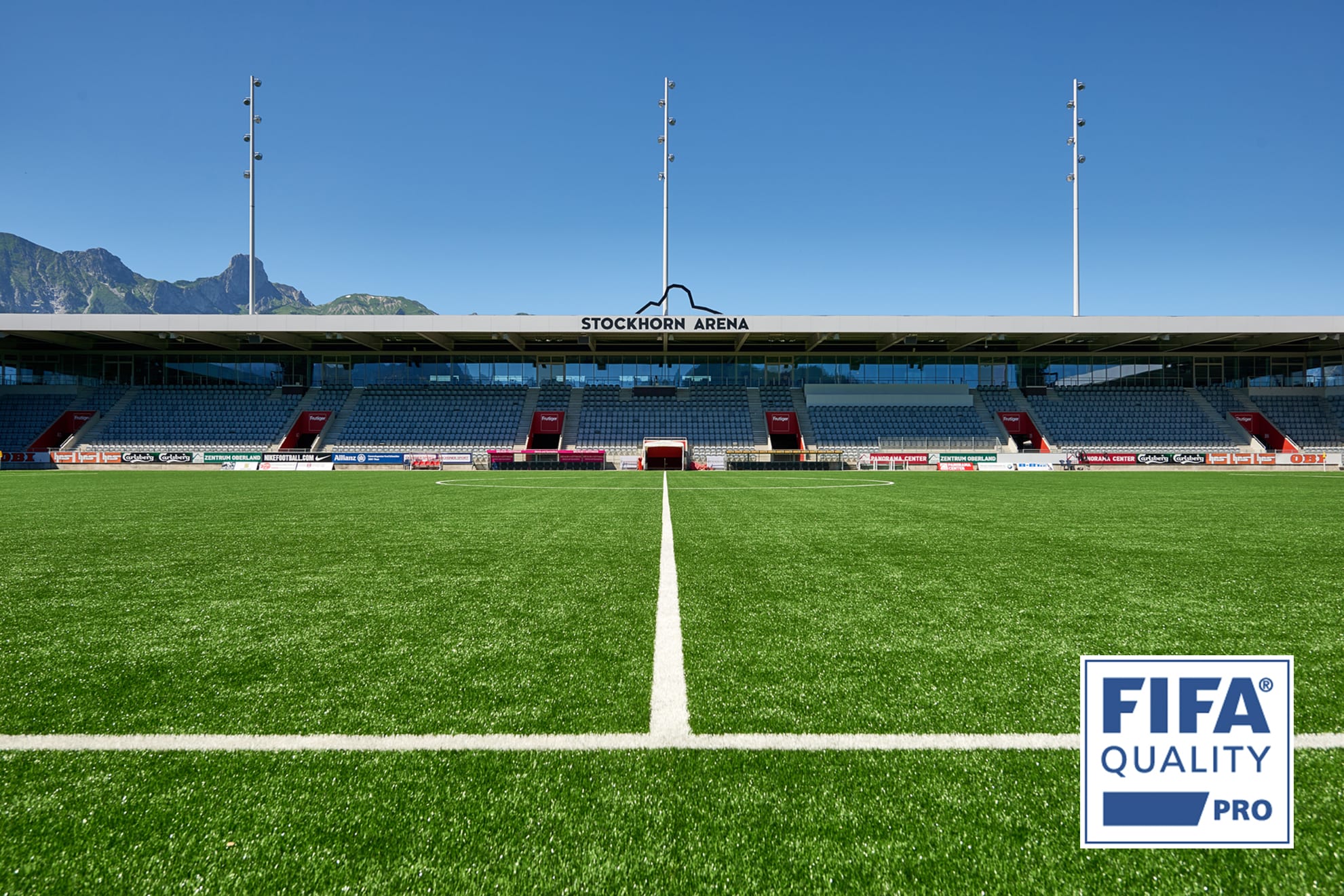
CONSTRUCTION AND INSTALLATION OF PLAYGROUND FLOORING
Those who prefer a playing surface with synthetic turf can also find suitable offers on the market.
